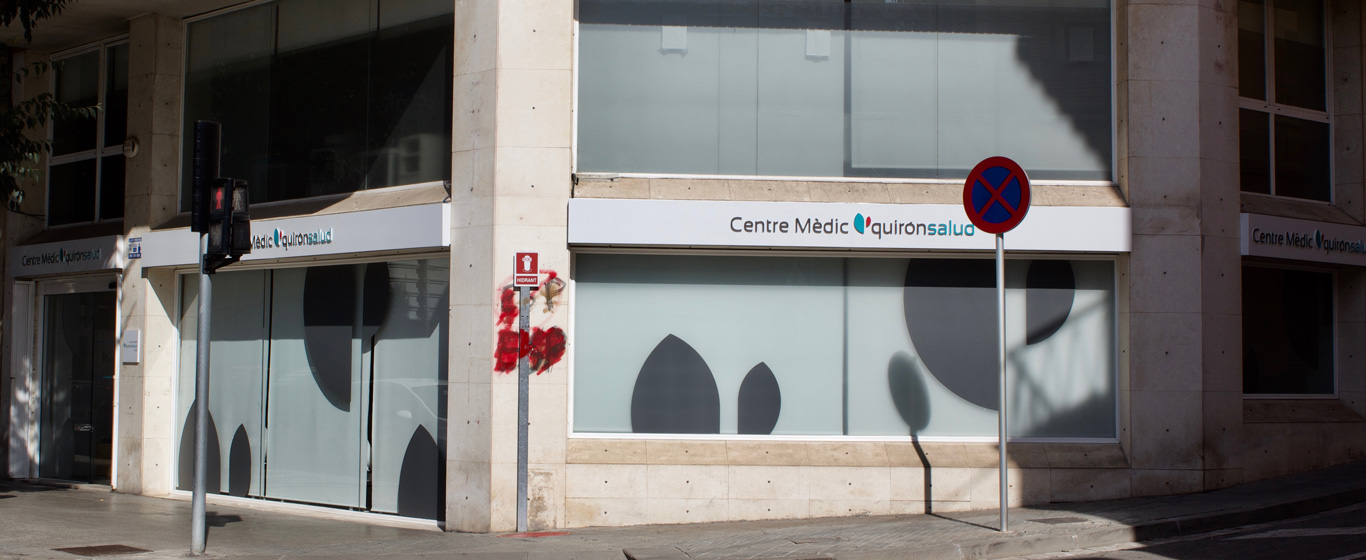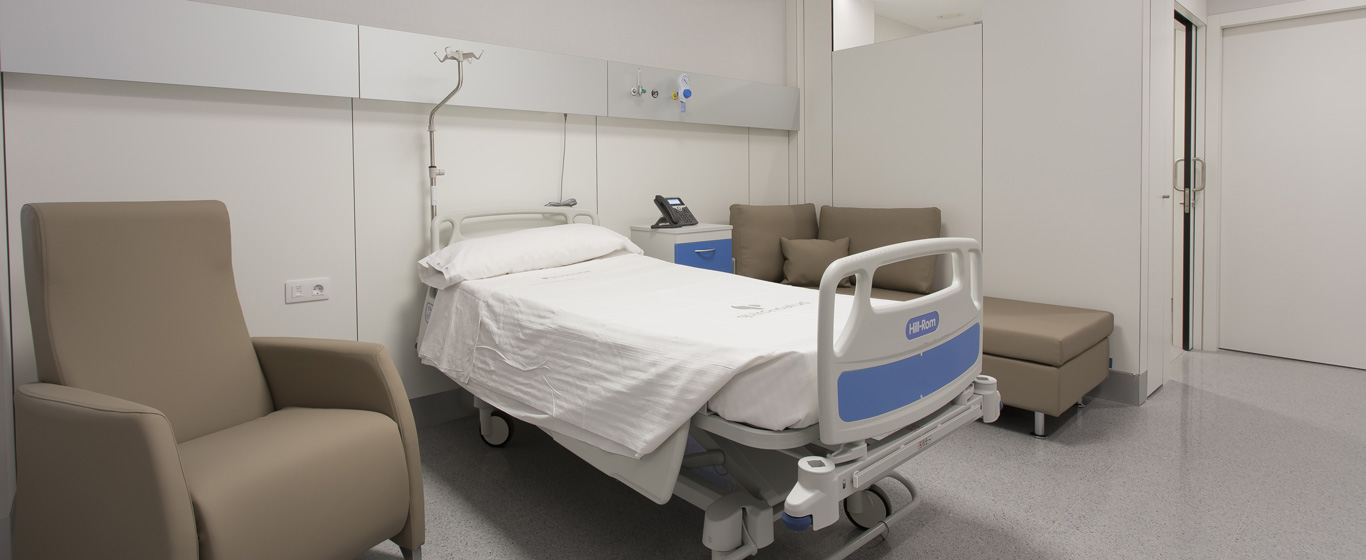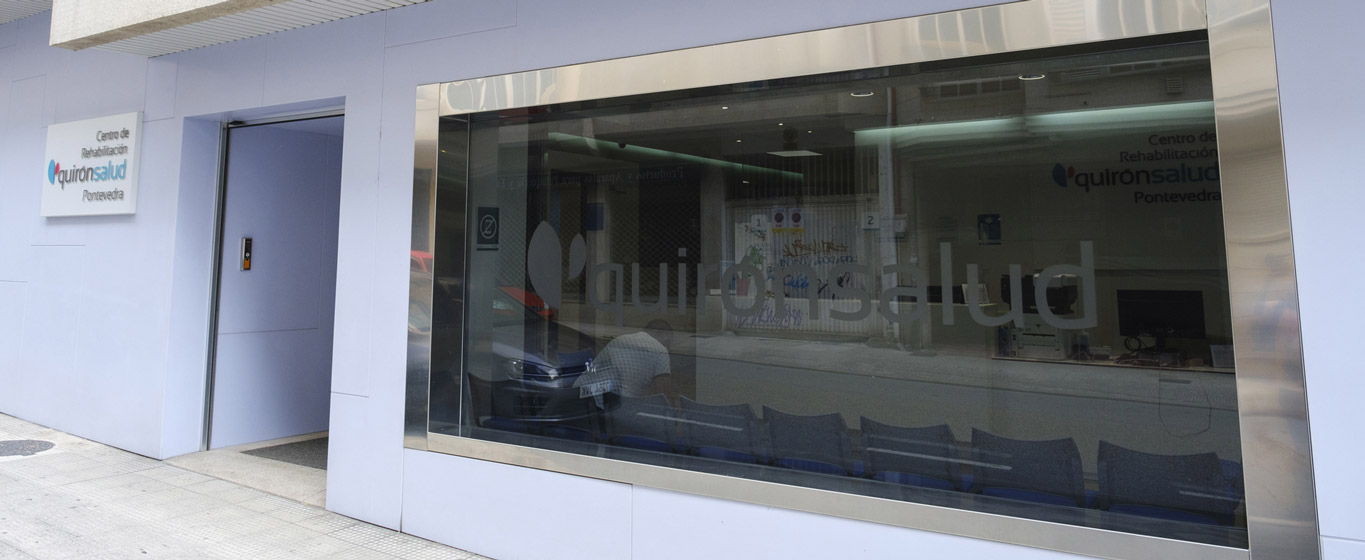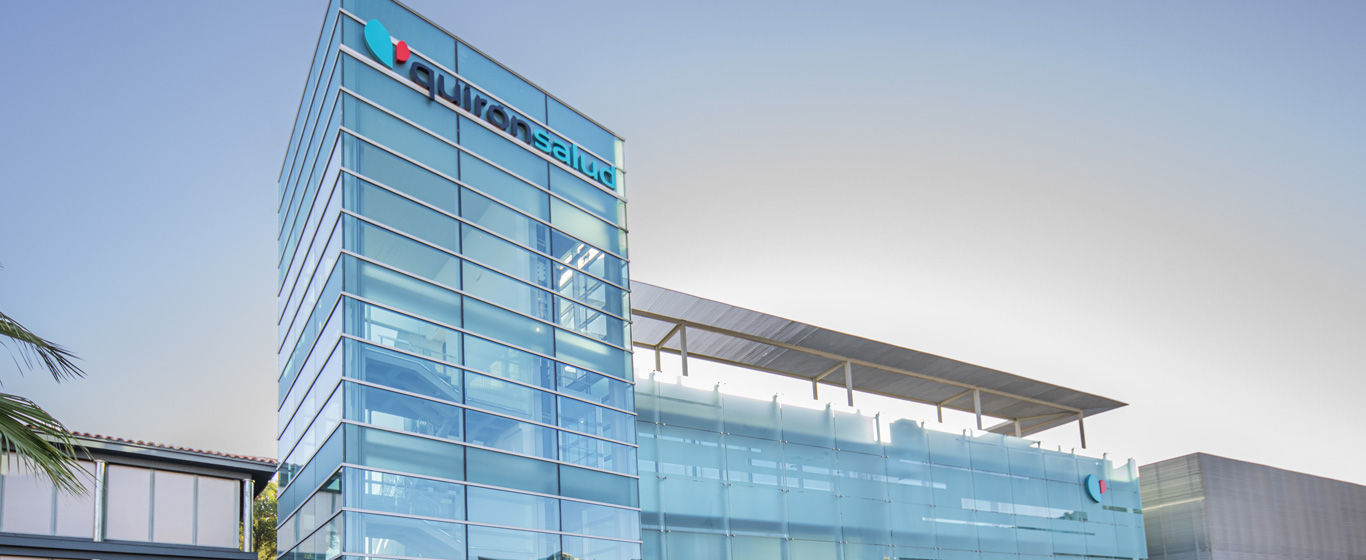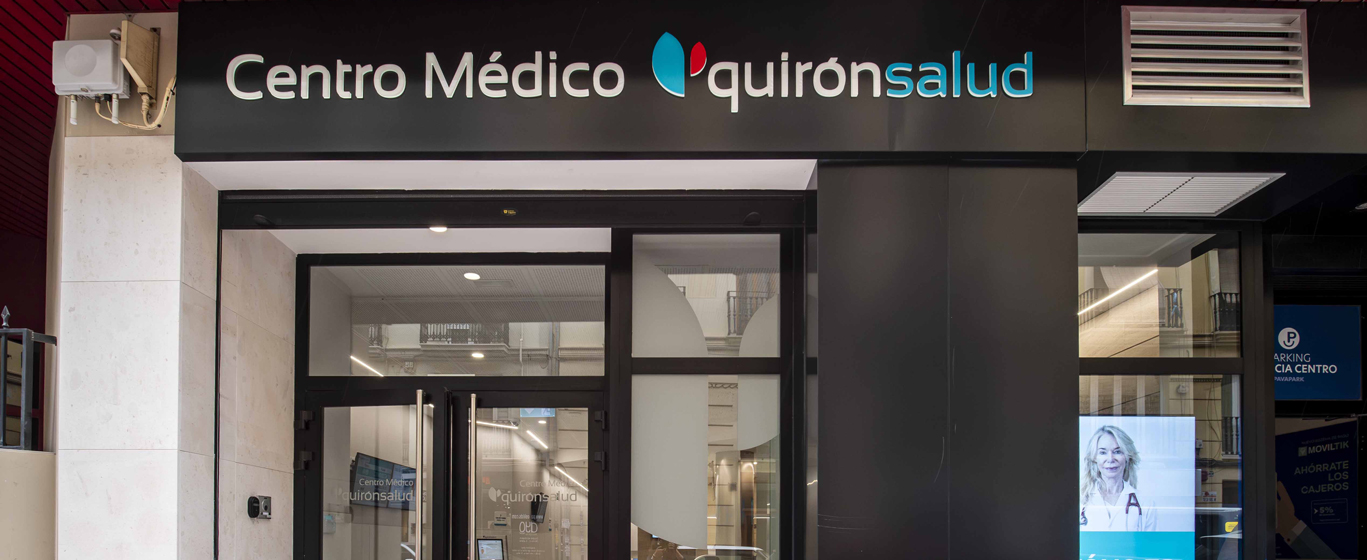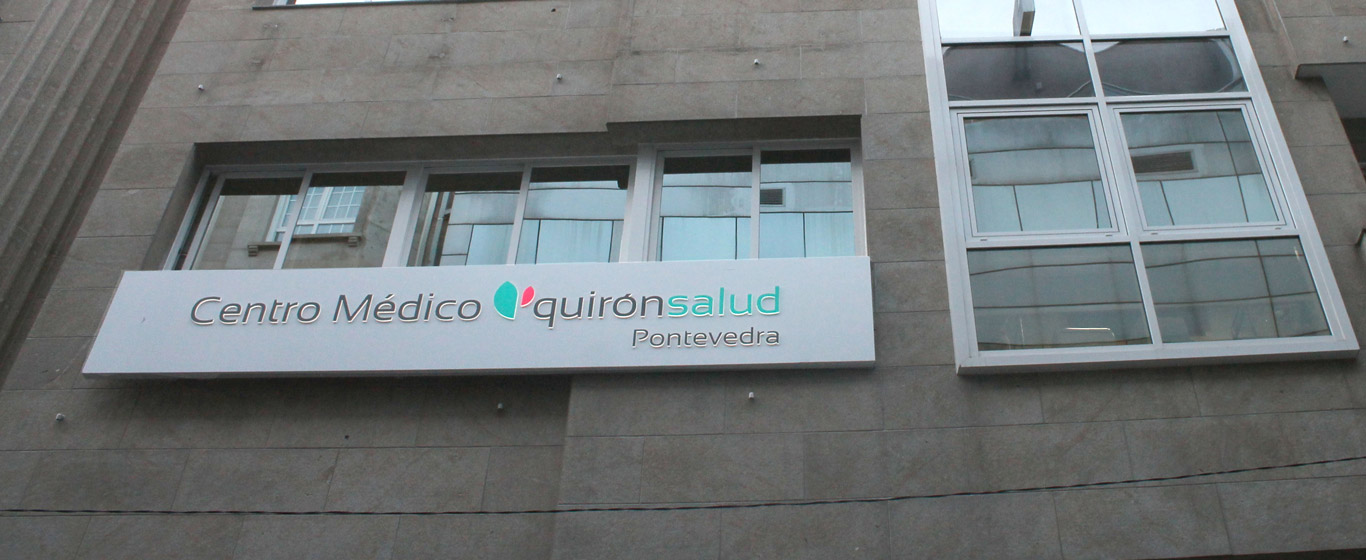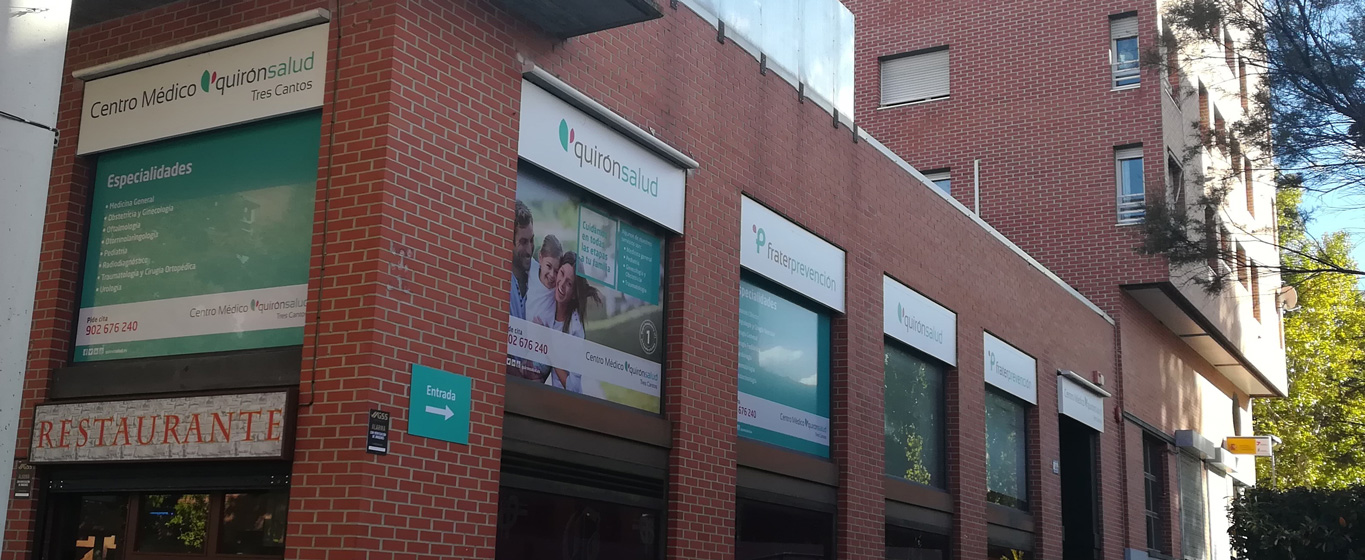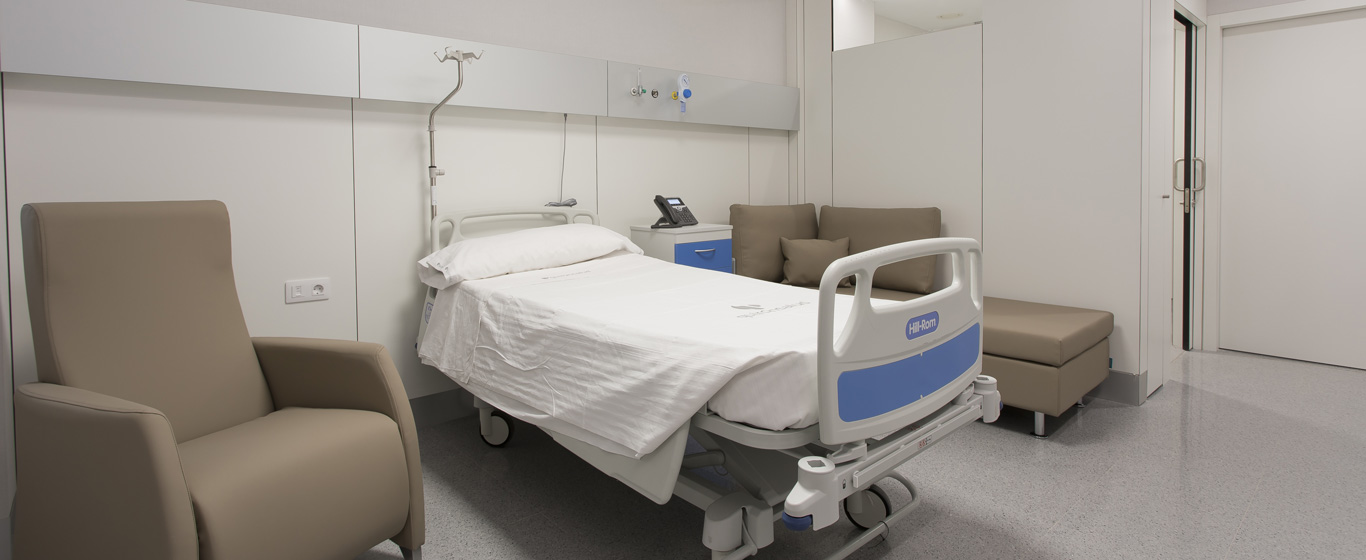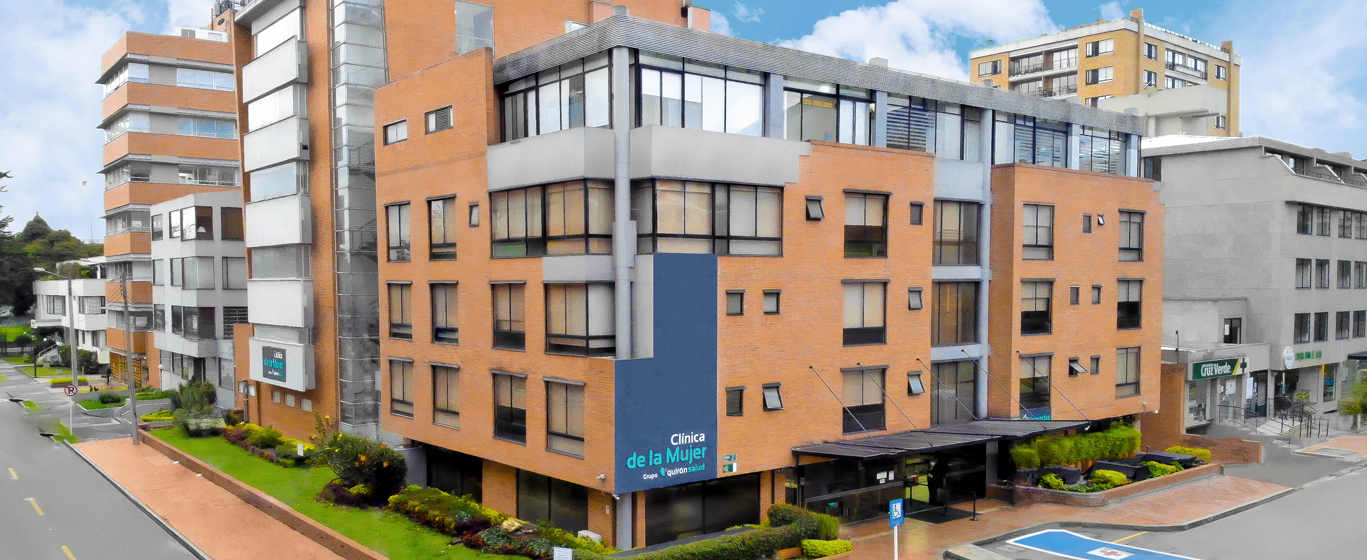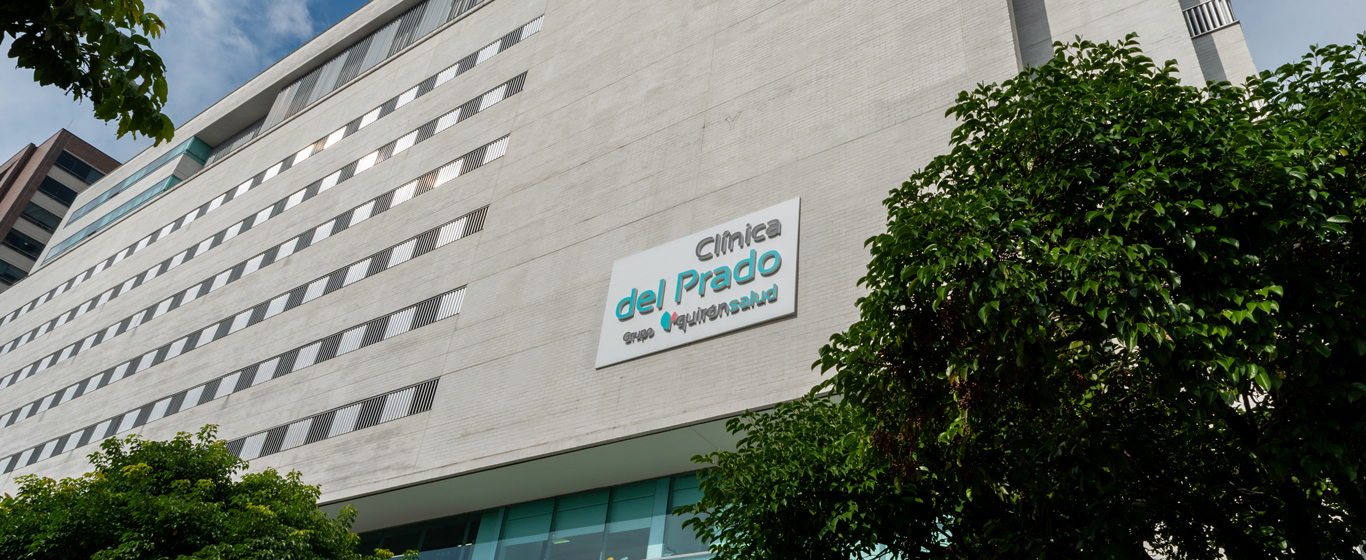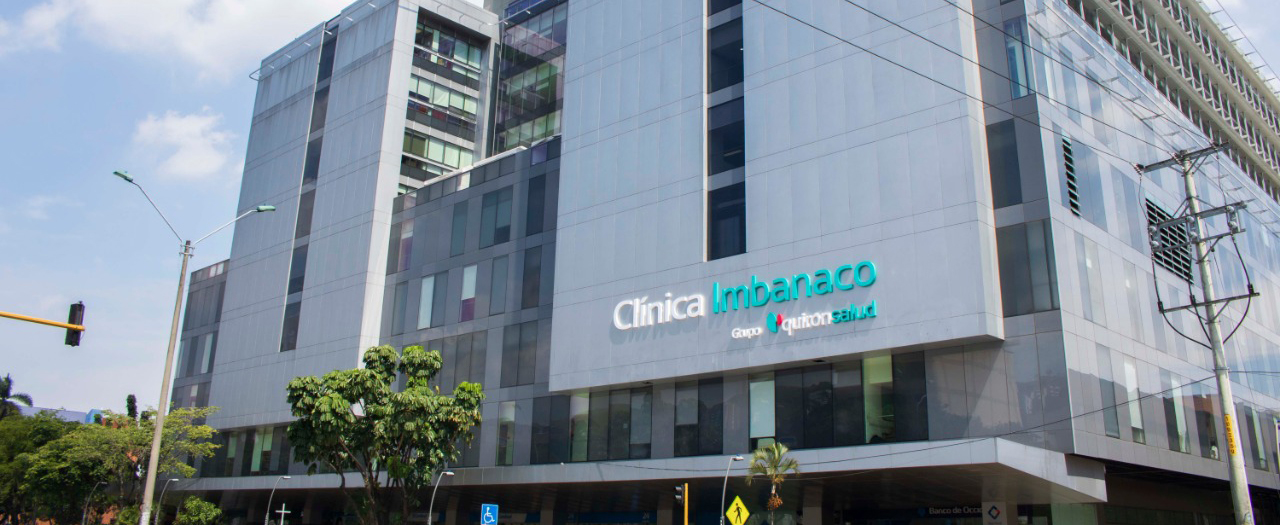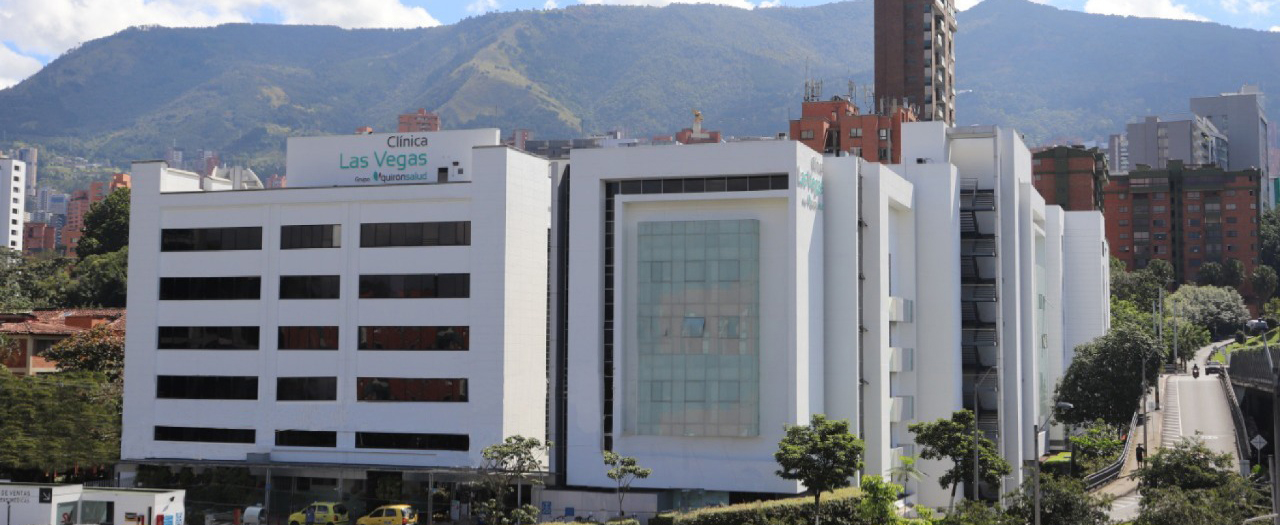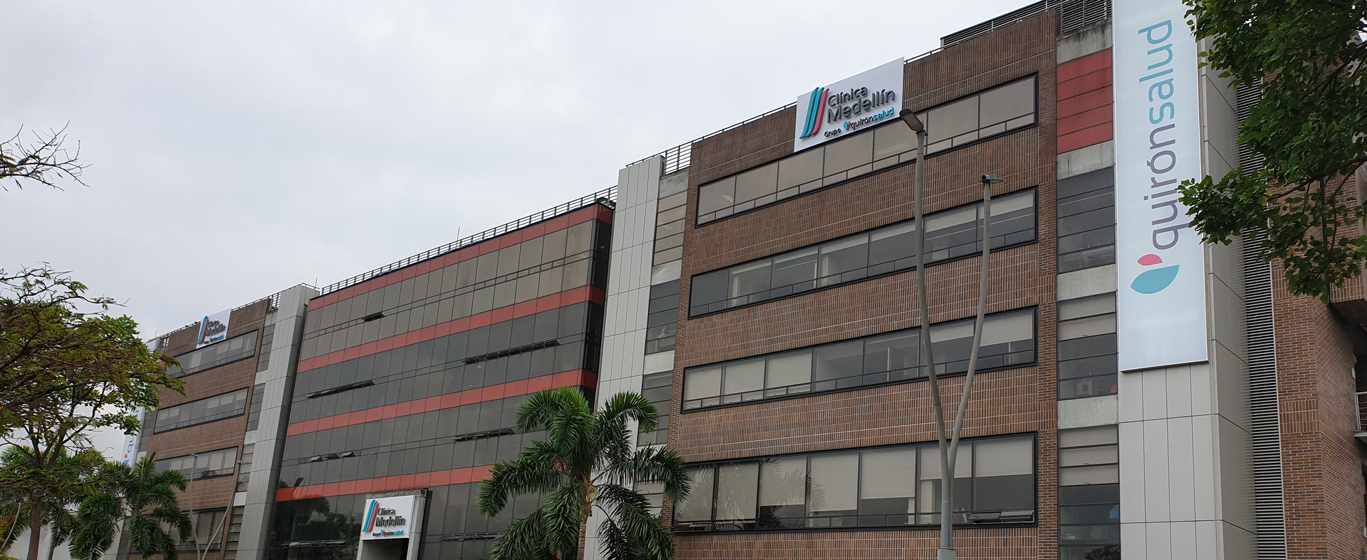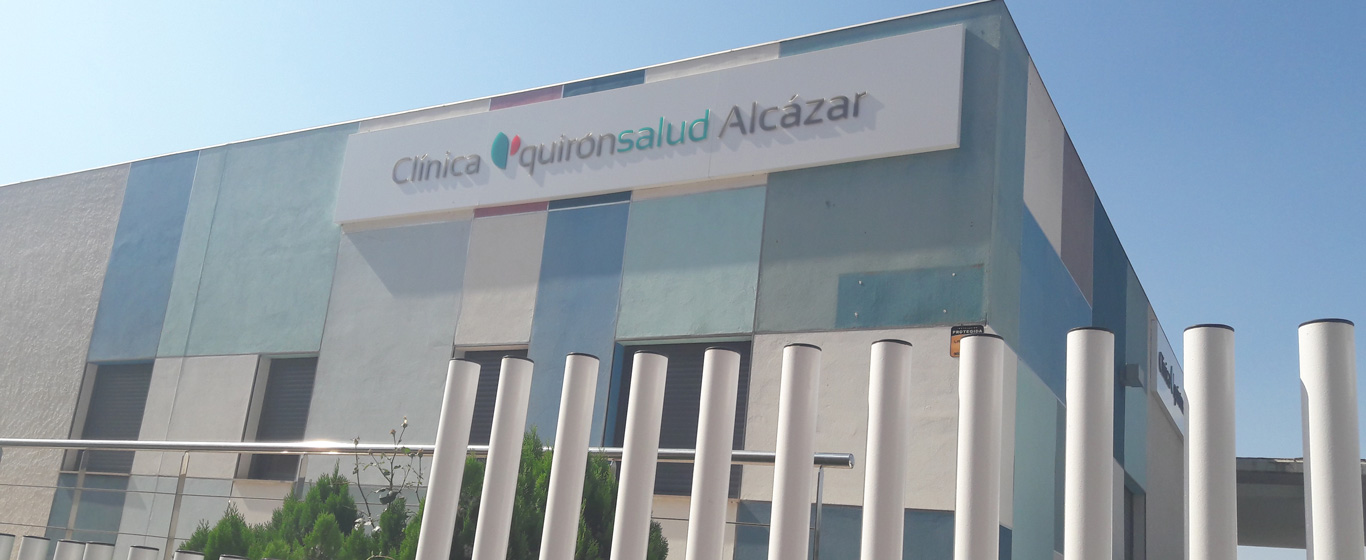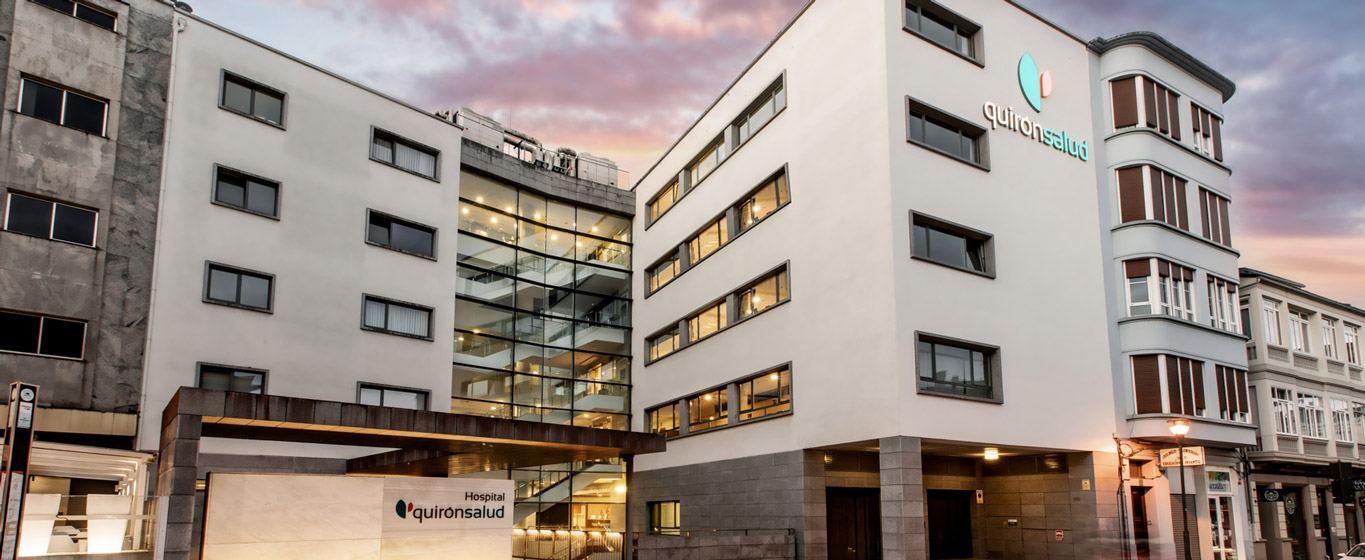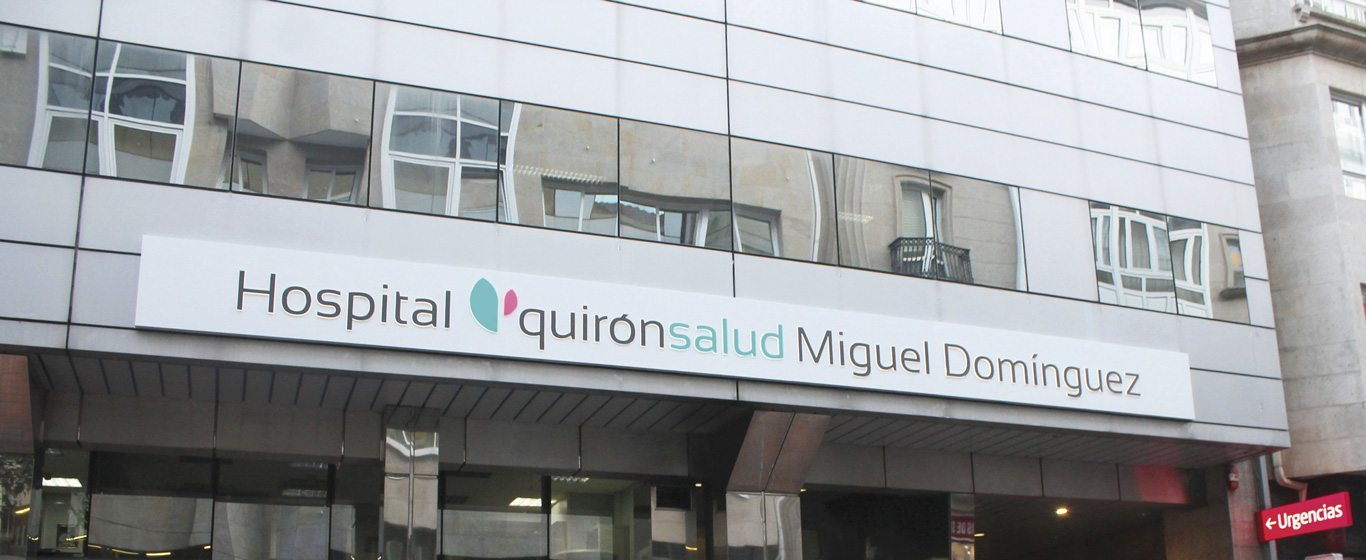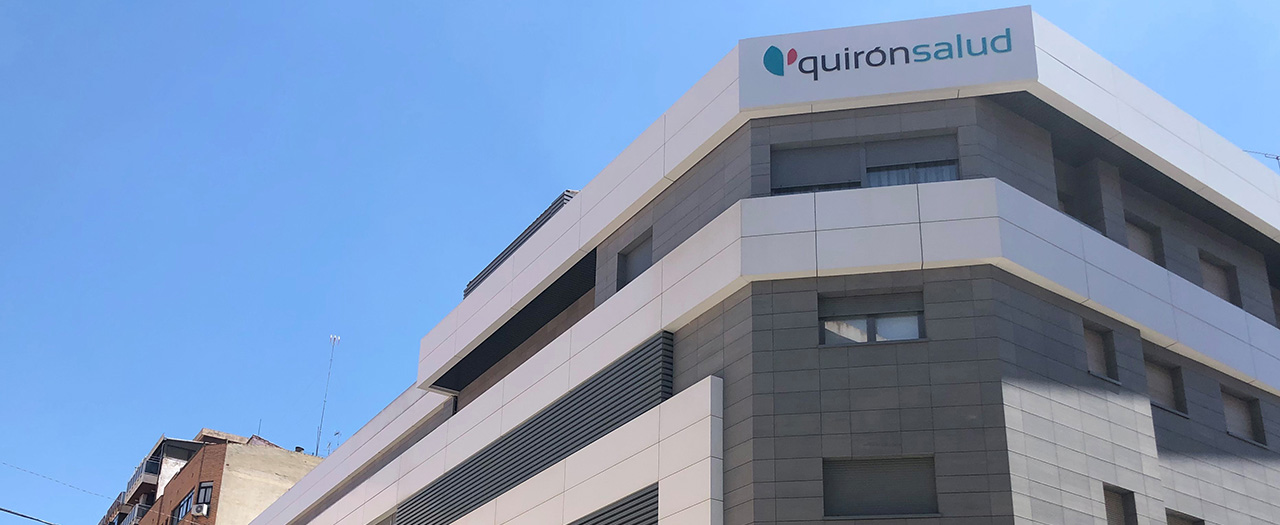Gastroscopy
A gastroscopy is performed to obtain images of the upper digestive tract to determine the presence of abnormalities or diseases. The procedure involves inserting a flexible tube with a camera at the end through the mouth and into the stomach.

General Description
Gastroscopy, also known as gastroendoscopy, is a procedure used to examine the upper part of the digestive tract (esophagus, stomach, and duodenum) with the help of a long, thin, and flexible tube called a gastroscope. In addition to its diagnostic function, it can also be used to treat certain conditions and repair abnormalities.
The endoscope, which has a light and a camera at its tip, is inserted through the mouth and gently guided to the area that needs to be examined. Through this tube, the necessary instruments can be introduced to collect tissue samples or administer treatments.
This minimally invasive procedure often eliminates the need for open surgery.
When Is It Indicated?
As a diagnostic procedure, gastroscopy is recommended for patients experiencing nausea, difficulty swallowing, abdominal pain, heartburn, or acid reflux. It is used to rule out or diagnose conditions such as gastritis, Helicobacter pylori infection, hiatal hernia, esophagitis, gastroesophageal reflux disease (GERD), ulcers, or cancerous tumors (stomach cancer).
Therapeutic gastroscopy can be used to close ulcers, cauterize blood vessels to stop bleeding, remove foreign objects, excise polyps, or dilate areas with abnormal narrowing (stenosis).
How Is It Performed?
To perform a gastroscopy, an endoscope approximately six to seven millimeters in diameter is introduced through the mouth. Since it may cause discomfort or trigger gag reflexes, anesthesia or sedation is typically used.
The patient is usually positioned lying on their left side. The tube is slowly guided through the esophagus while real-time images are monitored on a screen. When necessary, instruments are introduced through the endoscope to collect tissue samples, remove growths, or treat a condition. Once the procedure is completed, the gastroscope is carefully withdrawn.
Risks
Gastroscopy is not considered a high-risk procedure for the patient. In rare cases, complications may include allergic reactions to anesthesia, abdominal distension, pain, low blood pressure, bleeding, or perforation.
What to Expect from a Gastroscopy
Before the procedure begins, the patient must sign an informed consent form, change into a medical gown provided by the facility, and remove dentures, dental appliances, or tongue/lip piercings. An intravenous (IV) line is placed to administer anesthesia, ensuring that no discomfort or pain is felt.
Once positioned on the examination table, lying on their left side, the procedure begins and lasts approximately 15 minutes. Carbon dioxide (CO₂) is often used to improve visualization of the stomach lining, which may result in bloating or gas after the procedure. Once the anesthesia wears off—usually within five minutes—the patient can return home and resume normal activities. However, it is recommended to have someone accompany them, as driving after sedation is not advised.
The results, especially if a biopsy was performed, are typically available within one to two weeks.
Medical Specialties That Perform Gastroscopy
Gastroscopy is a procedure performed by specialists in gastroenterology and general surgery.
How to prepare
Patients undergoing a gastroscopy must fast for at least eight hours beforehand. Those taking medications may take them early in the morning with a small sip of water unless they are antacids, which could alter the results. Smoking is also discouraged in the hours leading up to the procedure.






